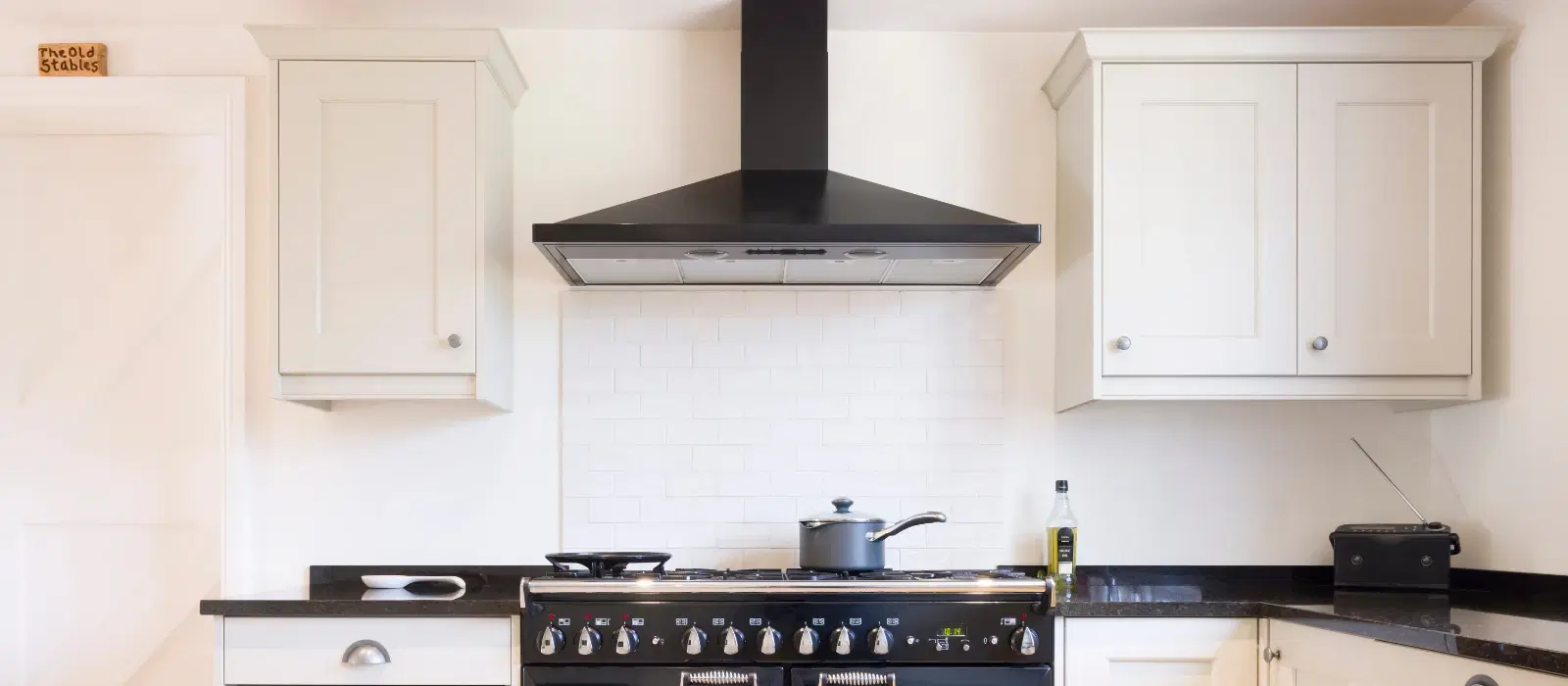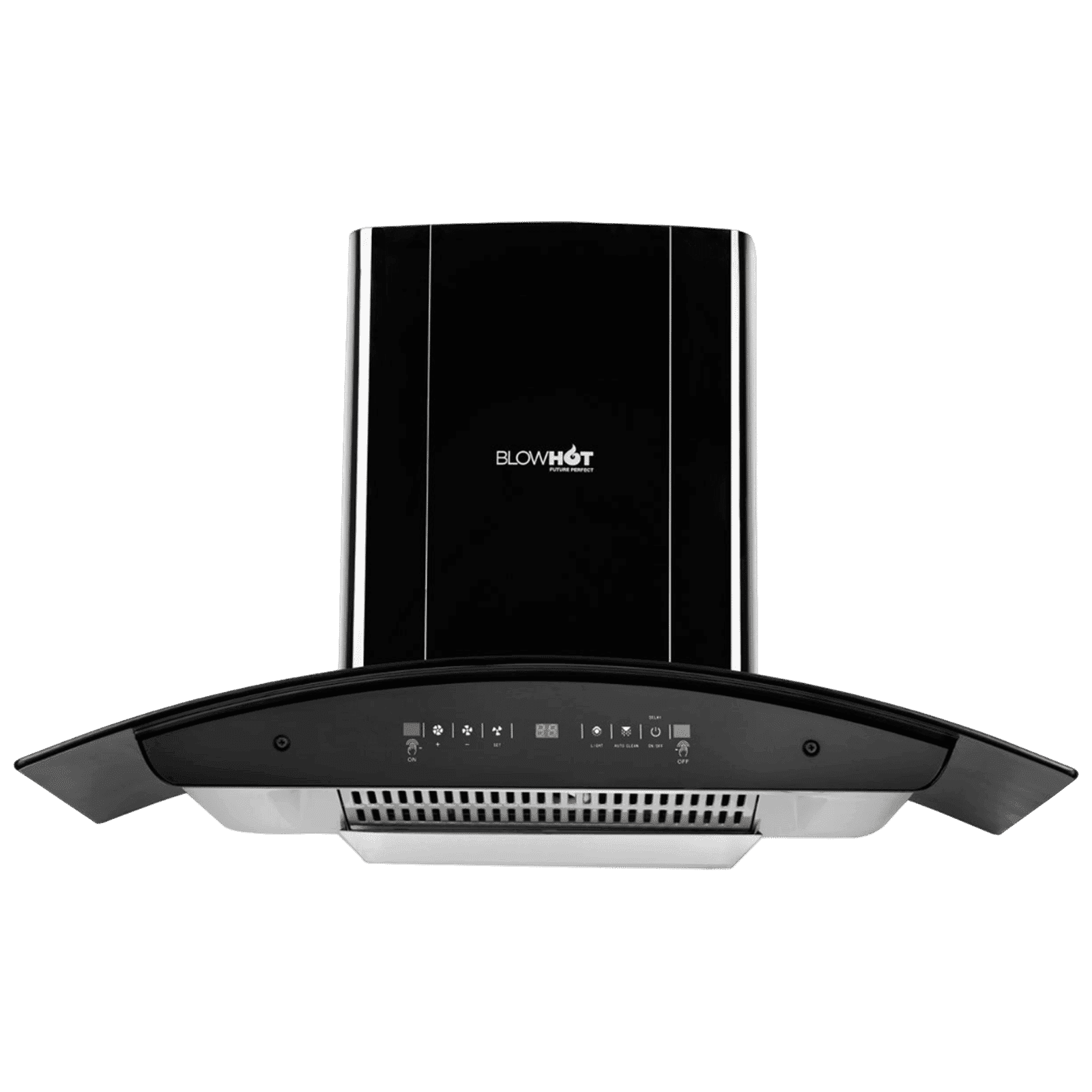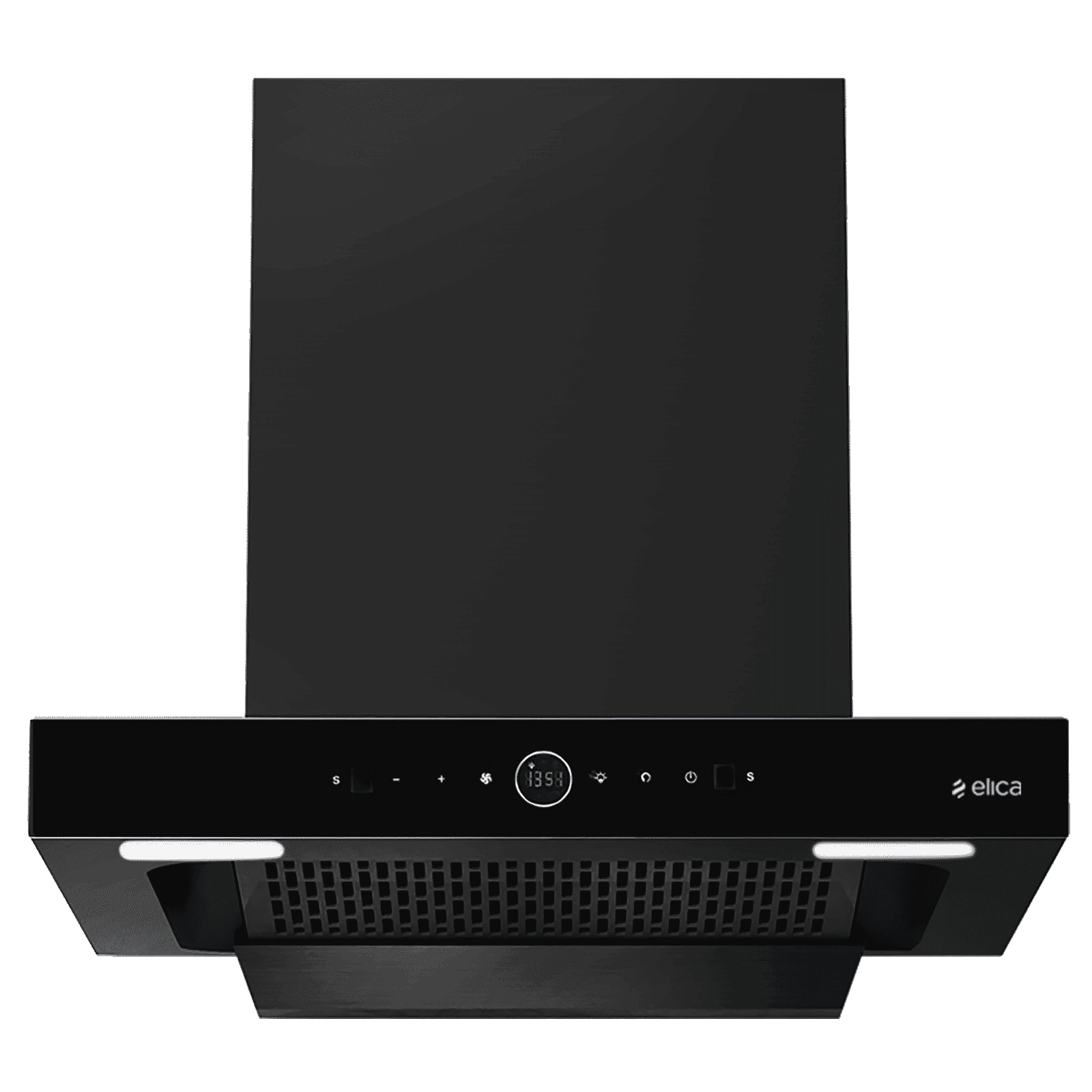
Home Appliances
•05 min read

Buy BLOWHOT ERICA TAC MS PLUS 90cm 1450m³/hr Ductless Auto Clean Wall Mounted Chimney with Motion Sensor (Black) online at best prices from Croma. Check product details, reviews & more. Shop now!
Did you know that improper chimney installation height can lead to inefficient ventilation and even potential safety hazards in your home? Achieving the ideal chimney installation height is vital to ensure efficient airflow, safe operation, and compliance with building codes. In this blog, you'll learn everything from why chimney height matters to the key guidelines and expert tips to achieve the optimal chimney installation height for your home.
The height of your chimney directly affects how air flows through your home by creating the right draft. A chimney installed at the proper height helps in efficiently expelling smoke and harmful gases away from indoor living spaces. When chimneys are too short, backdrafts can occur, leading to poor indoor air quality and inefficient hearth performance. Understanding these chimney height standards is crucial for homeowners who want to maintain a safe and healthy environment.

Buy FABER HOOD ZENITH FL HC SC BK IN 75cm 1400m3/hr Ductless Auto Clean Wall Mounted Chimney with Odor Sensor (Black) online at best prices from Croma. Check product details, reviews & more. Shop now!
Incorrect chimney installation height poses several safety risks including potential fire hazards, carbon monoxide buildup, and even structural damage over time. Ensuring the chimney is neither too short nor improperly positioned helps in mitigating these risks, thereby protecting your family and property. This is why following chimney installation guidelines is a key consideration for both contractors and homeowners alike.

Buy elica SPT PRO PLUS FL BLDC 60cm 1600m3/hr Ducted Auto Clean Wall Mounted Chimney with Motion Sensor Control (Black) online at best prices from Croma. Check product details, reviews & more. Shop now!
One of the most critical guidelines in chimney installation is the 3/2/10 rule. This rule establishes that the chimney should extend at least 3 feet above the roof surface from which it exits, and simultaneously be 2 feet taller than any part of the building within a horizontal distance of 10 feet. This simple calculation ensures proper draft and prevents the turbulence that can arise due to nearby structures or obstructions. For instance, in homes with sloping roofs or nearby tall structures, sticking to this rule can effectively maintain a safe ventilation chimney height.
Different appliances, such as gas stoves, wood stoves, and kitchen chimneys, require varying chimney height standards. For Kitchen Chimney placement, the clearance above cooktops typically ranges from 24 to 30 inches, ensuring effective removal of smoke and odours during cooking. Similarly, for wood stoves and outdoor chimneys, the 3/2/10 rule is widely accepted to ensure proper draft and smooth operation. Adhering to these chimney clearance requirements not only promotes safety but also enhances the overall performance of your home's heating and ventilation system.
Pro Tip from Kitchen Chimney placement is fundamental to managing smoke and odours while cooking. For optimal chimney height for kitchens, ensure the chimney is placed at a recommended distance above the cooktop – typically between 24 to 30 inches. This clearance helps in the smooth expulsion of air and reduces the risk of residue build-up on surfaces. Following these chimney installation guidelines guarantees both efficiency and safety during everyday kitchen use.
Adjusting Chimney Height
Occasionally, you might find it necessary to adjust the existing chimney height. Height adjustments can be achieved by installing chimney extensions or additional accessories. However, it is vital to ensure that any modifications align with safety standards and local building regulations. In case of complex installations or doubts, it is wise to consult professionals. Remember, proper chimney positioning not only improves performance but also extends the lifespan of your installation.
Common Mistakes to Avoid
One common mistake is installing the chimney too low, which can lead to insufficient draft and increased risk of indoor pollution. Another error is neglecting the clearance requirements around the chimney. Failing to keep proper distance can block airflow, causing backdrafts and potential structural damage. Avoid these pitfalls by following established standards and seeking professional advice when necessary.
Expert Advice on Staying Compliant
Building Codes and Regulations
Adhering to local building codes and regulations cannot be stressed enough. These rules dictate not only the chimney installation height but also other critical aspects of setup and maintenance. Regular inspections are recommended to ensure the chimney's performance remains uncompromised over time. Being proactive and vigilant with compliance helps prevent any long-term hazards and maintains a safe environment.
When to Seek Professional Help
If you are uncertain about the installation requirements or dealing with unusual roof configurations, do not hesitate to seek professional help. Expert advice is particularly essential when modifications are required or when there are significant obstructions around the installation area. Professionals who specialise in chimney installations are well-equipped with the necessary tools and knowledge to adjust chimney heights according to the best practices and safety standards.
Frequently Asked Questions (FAQs)
1. What is the 3/2/10 rule for chimney height?
This rule ensures that the chimney extends at least 3 feet above the roofline and is 2 feet taller than any structure within 10 feet horizontally, ensuring proper draft and safety.
2. What is the proper height for a chimney?
The right height depends on the appliance type and local building codes, but generally, chimneys should extend 3 feet above the roof surface to achieve the necessary draft.
3. What is the standard height for a chimney fitting?
For kitchen chimneys, it is typically 24-30 inches above the cooktop, while for wood stoves and other appliances, the 3/2/10 rule is recommended.
4. How can I calculate chimney installation height?
You can use online chimney height calculators or consult a professional to ensure precise measurements in line with building guidelines.
In summary, understanding and adhering to chimney installation height standards is essential to ensure safety, efficiency, and compliance with local regulations. From the vital role of chimney height in managing ventilation to the implementation of the 3/2/10 rule and precise adjustments, every step is crucial. Whether you are looking into kitchen chimney placement or making adjustments to an existing setup, following these detailed guidelines will help you avoid common mistakes and achieve a safe and optimal installation. With expert insights and clear instructions, maintaining the perfect chimney installation height is now easier than ever.
When shopping for home appliances or exploring related solutions, remember that seamless service, expert guidance, and benefits like NeuCoin rewards can enhance your entire experience. Trust in the detailed approach provided here to ensure a safer and more efficient living space.